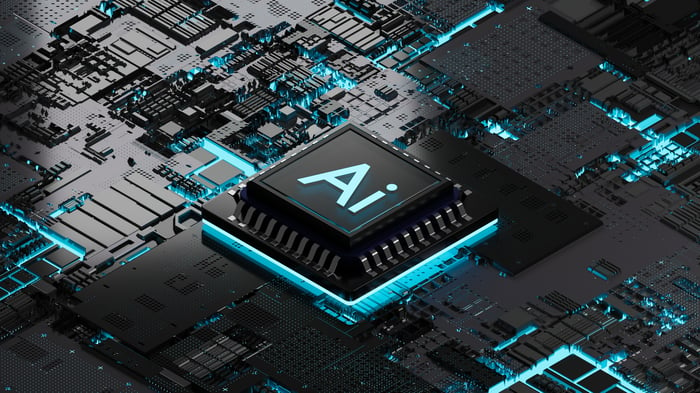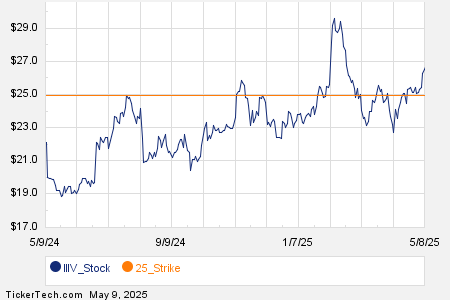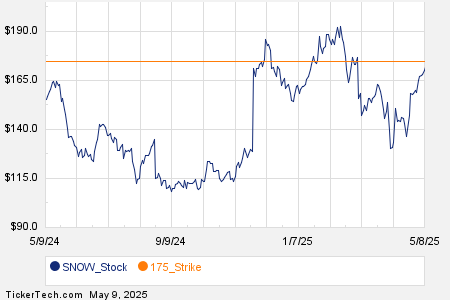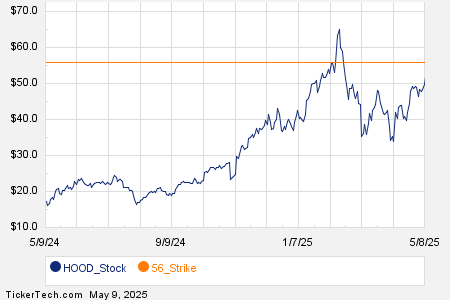AMD Reports Strong Growth Amidst Market Challenges
This year has been challenging for Advanced Micro Devices (NASDAQ: AMD) investors, with shares dropping 18% as of now. However, the company’s latest quarterly report may suggest that this drop creates a buying opportunity for investors.
On May 6, AMD released its first-quarter results, which surpassed analysts’ expectations. Despite facing restrictions on the export of advanced artificial intelligence (AI) chips, the company’s outlook also exceeded Wall Street forecasts.
Let’s analyze AMD’s performance and consider three compelling reasons to invest in this semiconductor stock at this moment.

Image source: Getty Images.
1. Rapid Growth in AMD’s Data Center Business Driven by AI
In the first quarter, AMD reported a 36% year-over-year revenue increase, totaling $7.44 billion. Their adjusted earnings rose 55% to $0.96 per share. A significant contributor to this growth was AMD’s data center business, which accounted for nearly half of overall revenue, with a remarkable 57% increase from the previous year.
Management attributed this upward trend to the strong demand for their server central processing units (CPUs) and graphics processing units (GPUs), particularly in response to the growing AI workloads in the cloud.
Revenue from data center GPUs increased significantly year-over-year, fueled by the adoption of the MI300 series chips. AMD not only gained new customers but also saw existing cloud clients scaling up their use. CEO Lisa Su noted in the conference call:
Several hyperscalers expanded their use of Instinct accelerators for various generative AI applications. We added multiple tier-one cloud and enterprise customers this quarter, including a major frontier model developer using Instinct GPUs for significant daily inference traffic.
Additionally, AMD’s market share in the server CPU segment increased by two percentage points in the fourth quarter of 2024, reaching 25.1%. Management indicated that this upward trend continued into the first quarter of this year.
Major cloud providers like Amazon, Oracle, and Alphabet‘s Google utilized AMD’s Epyc server processors for multiple cloud instances in Q1. Future adoption of AMD’s next-generation Epyc processors should sustain momentum in the server CPU market, positioning AMD well amid the anticipated 28% annual growth in the AI data center market through 2030.
2. Boost in Client Processor Business from AI PCs
Market research firm IDC reported that global personal computer (PC) shipments rose nearly 5% year-over-year in Q1 2025. As a result, AMD’s client processor sales surged, achieving a 68% revenue increase to $2.3 billion, backed by rising demand for its Ryzen CPUs for both desktops and laptops.
Furthermore, AMD experienced over a 50% increase in desktop channel inventory sales during the same period. Sales of AI-capable PC processors rose sequentially by more than 50%, while commercial PCs contributed significantly, with a 30% increase in sell-through from the year-ago period.
AMD’s success can also be attributed to a steady increase in new commercial PC customers, resulting in an 80% rise in systems powered by its processors this year. Looking ahead, AMD anticipates continued growth, outpacing the broader PC market due to the increasing demand for its desktop, notebook, and commercial processors.
3. Strong Guidance and Attractive Valuation Make AMD a Buy
For the second quarter of 2025, AMD has guided for revenue of $7.4 billion at the midpoint, representing a 27% year-over-year growth and surpassing the $7.25 billion consensus estimate. However, the company expects to encounter approximately $700 million in lost revenue this quarter due to export restrictions on its chips to China.
Despite these challenges, the overall health of the AI chip market and a diversified customer base should enable AMD to maintain healthy year-over-year growth. Furthermore, the company is witnessing increased margins from its Ryzen CPUs and data center chips, predicting a non-GAAP gross margin growth to 54% in Q2—a one percentage point increase from the previous year.
Investors can expect continued solid growth from AMD beyond the current quarter. Consensus estimates predict a 21% increase in AMD’s earnings in 2025, with an anticipated stronger surge of 48% the following year. At a trading multiple of 24 times forward earnings, AMD is positioned more attractively compared to the Nasdaq-100 index’s multiple of 29.
Moreover, a PEG ratio of 0.49, based on projected annual earnings growth over the next five years, implies that AMD is undervalued considering its growth potential. Thus, for investors, now appears to be a strategic time to add AMD to their portfolio.
Assessing Investment Potential in Advanced Micro Devices Today
Is Now a Good Time to Invest $1,000 in AMD?
Before making a decision to invest in Advanced Micro Devices (AMD), it’s essential to weigh the following points:
The Motley Fool Stock Advisor analyst team recently identified what they consider the 10 best stocks for investors currently. Notably, AMD did not make this list, suggesting that there may be stronger alternatives for potential investment.
For context, consider when Netflix was featured on the list on December 17, 2004. An investment of $1,000 at that time would be worth approximately $617,181 today.* Meanwhile, Nvidia was listed on April 15, 2005, and a $1,000 investment then would have grown to about $719,371.*
It’s important to highlight that the Stock Advisor has achieved an impressive average return of 909%, significantly outperforming the S&P 500, which has returned 163%. This record emphasizes the potential benefits of selecting wisely from the top stocks they recommend.
View the 10 recommended stocks »
*Stock Advisor returns as of May 5, 2025
John Mackey, former CEO of Whole Foods Market, now an Amazon subsidiary, serves on The Motley Fool’s board of directors. Harsh Chauhan does not hold positions in any stocks mentioned. The Motley Fool holds positions in and recommends Advanced Micro Devices, Amazon, and Oracle. They maintain a disclosure policy.
The views expressed are those of the author and do not necessarily reflect those of Nasdaq, Inc.




